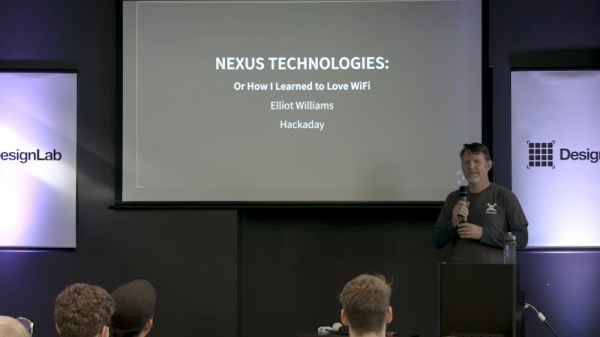Our own [Pat Whetman] wrote about a clever technique published by the University of Michigan, where lasers can be used to trigger a home assistant device. It’s an interesting hack, and you should go read it.
Borrowing IP Addresses
We’ve lived through several IPv4 exhaustion milestones, and the lack of available addresses is really beginning to show, even for trolls and scammers. A new approach takes advantage of the weak security of the Border Gateway Protocol, and allows bad actors to temporarily take over reserved address blocks. These particular providers operate out of Russia, operating network services they advertise as “bulletproof”, or immune to takedown requests. What better way to sidestep takedowns than to use IP addresses that aren’t really yours to begin with?
BGP spoofing has been at the center of other types of attacks and incidents, like in 2018 when a misconfiguration in a Nigerian ISP’s BGP tables routed traffic intended for Google’s servers through Chinese and Russian infrastructure. In that case it appeared to be a genuine mistake, but little prevents malicious BGP table poisoning.
Chrome Zero-day
Google released an update to Chrome on the 31st that addresses two CVEs, one of which is being actively exploited. That vulnerability, CVE-2019-13720, is a race condition resulting in a potential use-after-free. Kaspersky Labs found this one being actively used on a Korean news site. The attack runs entirely from Javascript, and simply visiting a malicious site is enough for compromise, so update Chrome if it’s installed.
Anti-anti-doping
What do you do when you feel you’ve been unfairly targeted by an anti-doping investigation? Apparently hacking the investigating agency and releasing stolen information is an option. It seems like this approach is more effective when there are shenanigans revealed in the data dump. In this case, the data being released seems rather mundane.
Firefox Blocking Sideload Extensions
Mozilla made a controversial announcement on the 31st. They intend to block “sideload” browser extensions. Until this change, it was possible to install browser extensions by copying them to a particular folder on the computer. Some legitimate extensions used this installation method, but so did malware, adware, and other unwanted software. While this change will block some malicious add-ons, it does present a bit of a challenge to a user installing an extension that isn’t on the official Mozilla store or signed by Mozilla.
As you might imagine, the response has been… less than positive. While making malware harder to install is certainly welcome, this makes some use cases very difficult. An example that comes to mind is a Linux package that includes a browser extension. It remains to be seen exactly how this change will shake out.
Save Games as Attack Vector
An oddball vulnerability caught my eye, published by [Denis Andzakovic] over at Pulse Security. He discovered that a recent indy game, Untitled Goose Game, can be manipulated into running arbitrary code as a result of loading a maliciously modified save file. The vulnerability is rooted in a naive deserialization routine.
If you’re interested in a deeper dive into .net deserialization bugs, a great paper was submitted to Blackhat 2012 discussing the topic. The short version is that if a programmer isn’t careful, the deserialization routine can overwrite variables in unexpected ways, potentially leading to code execution.
At first glance, a vulnerability triggered by a malicious save file seems relatively harmless. The level of access needed to modify a save file on a hard drive is enough to compromise that computer in a multitude of better ways. Enter cloud save synchronization. Steam, for instance, will automatically sync save games across a user’s install locations. This is a very useful feature for those of us that might play the same game on a laptop and a desktop. Having the save game automatically synced to all your devices is quite useful, but if an attacker compromised your Steam account, your save games could be manipulated. This leads to the very real possibility that an attacker could use a save game vulnerability to turn a Steam account compromise into an attack on all your machines with Steam installs.




















